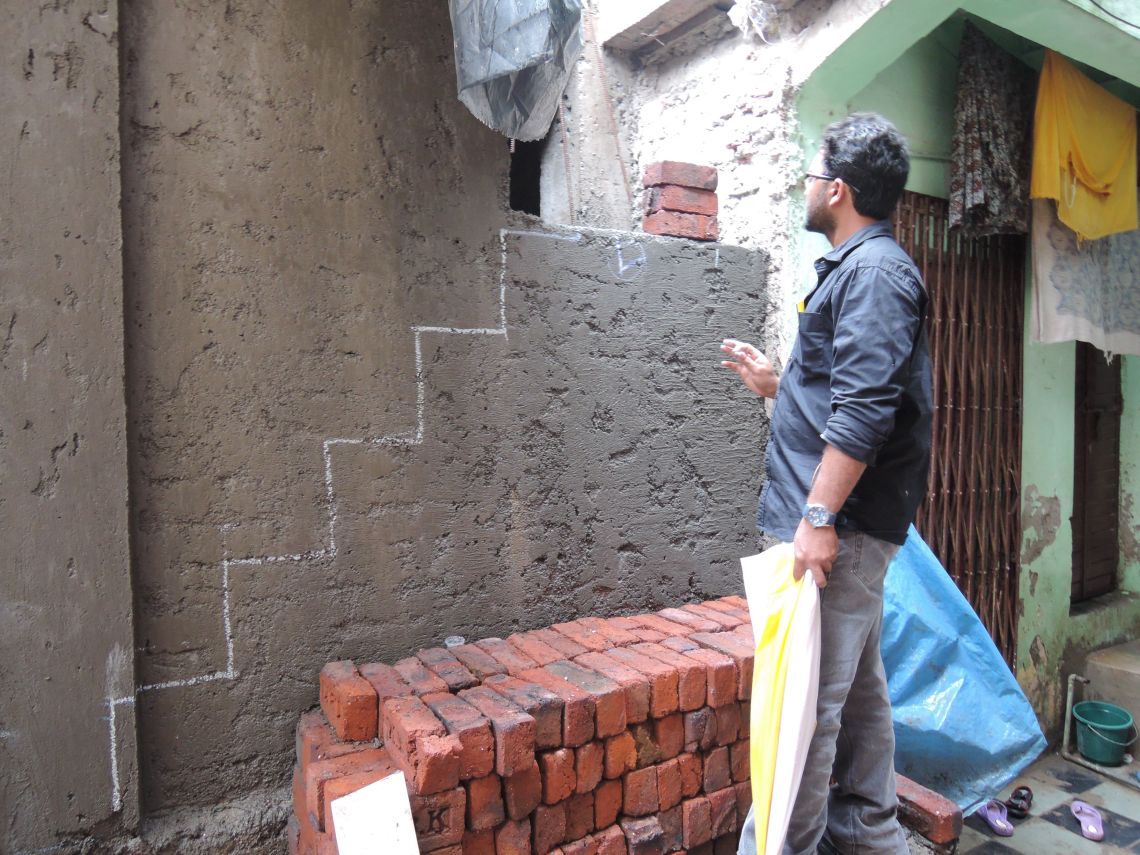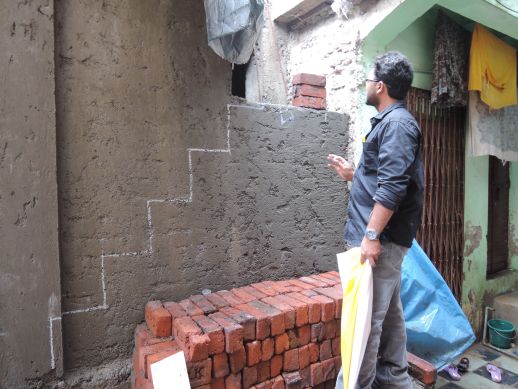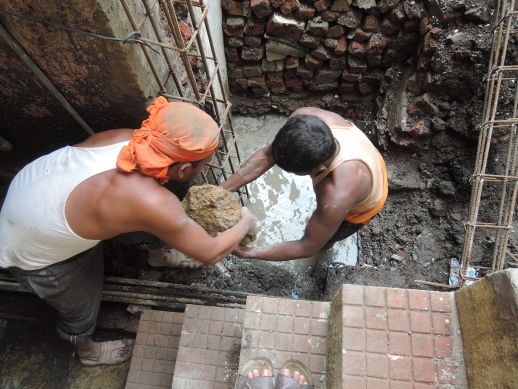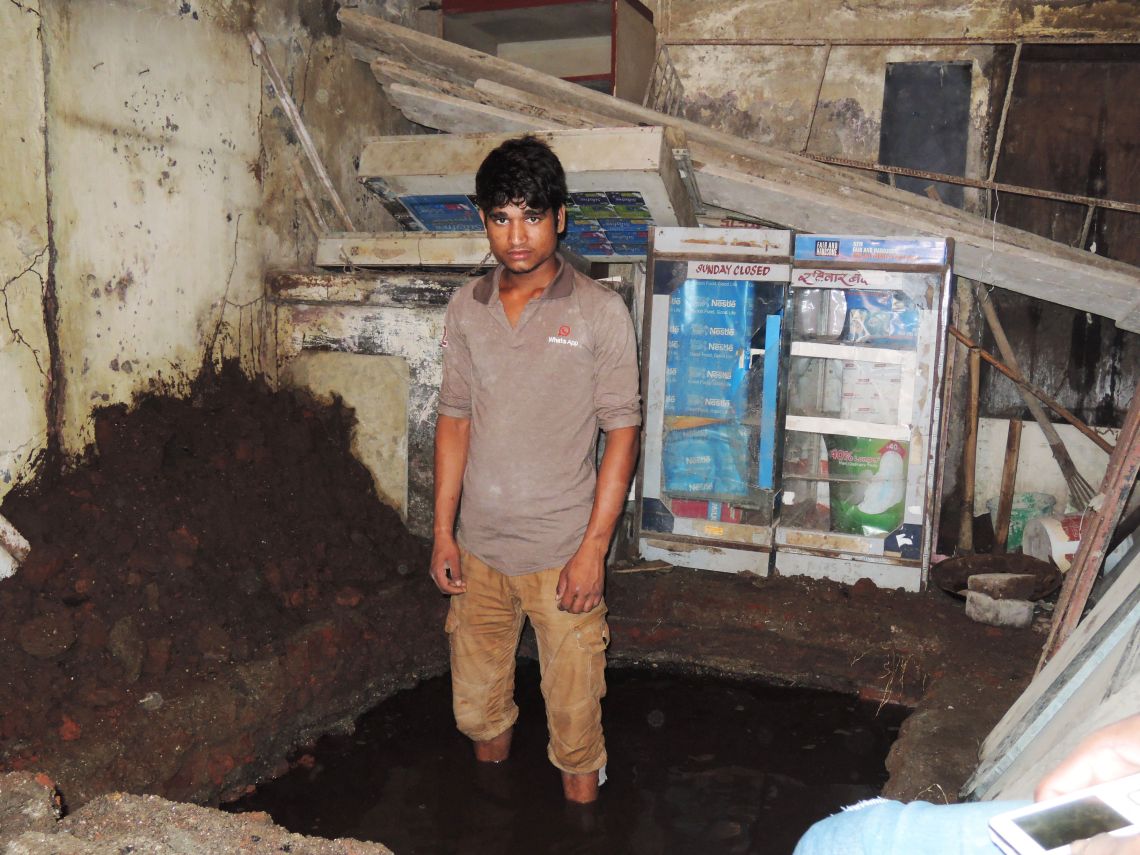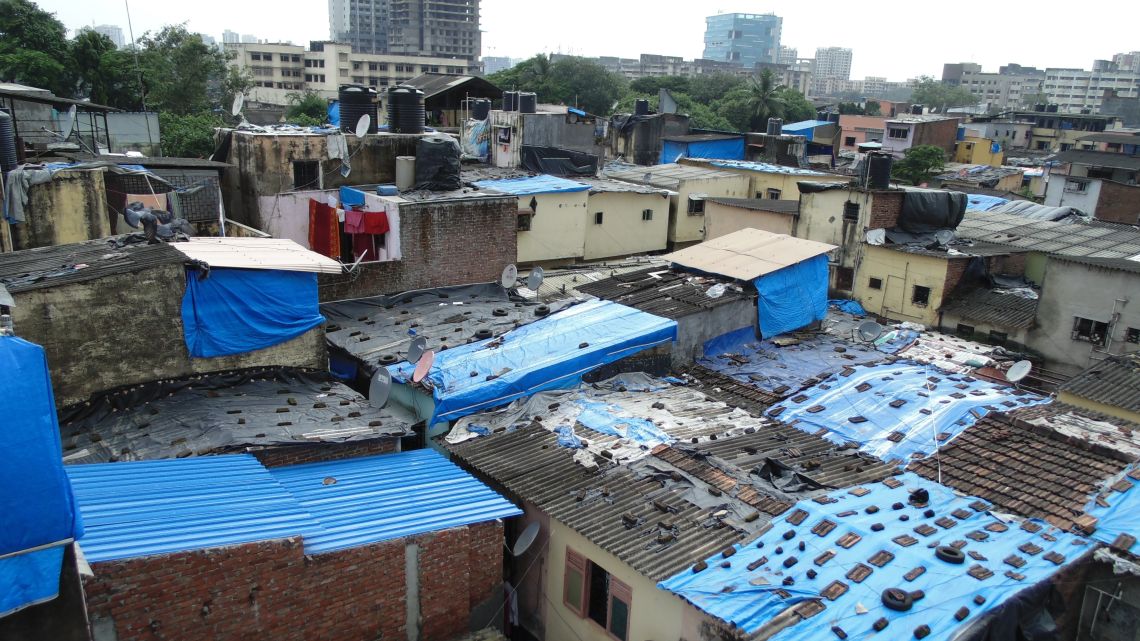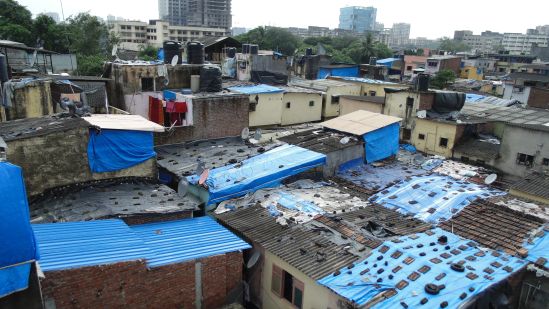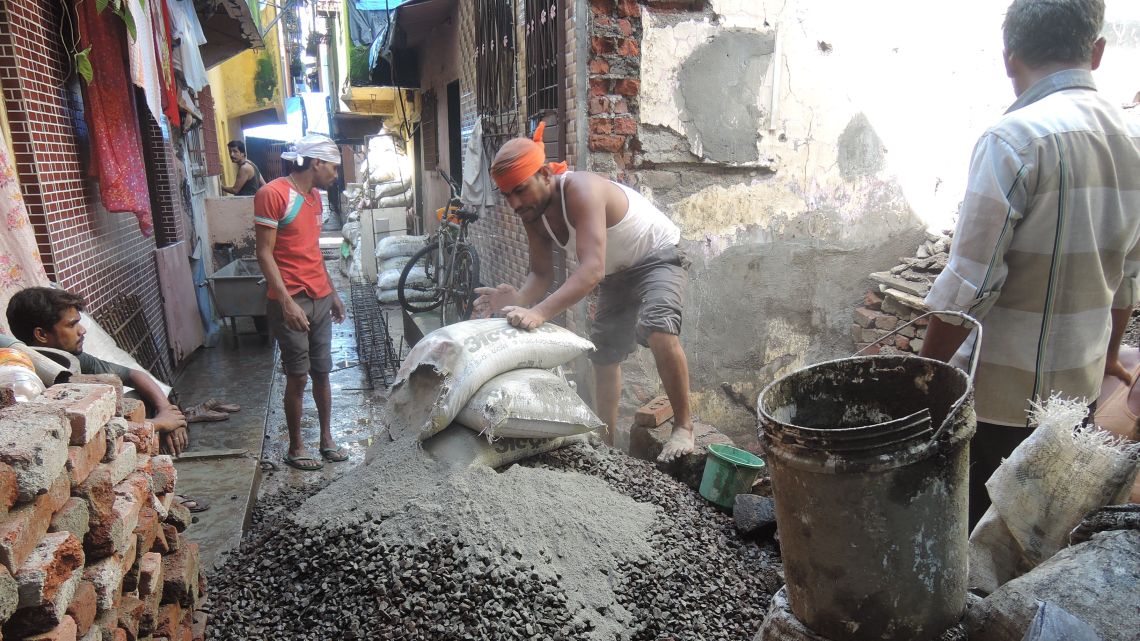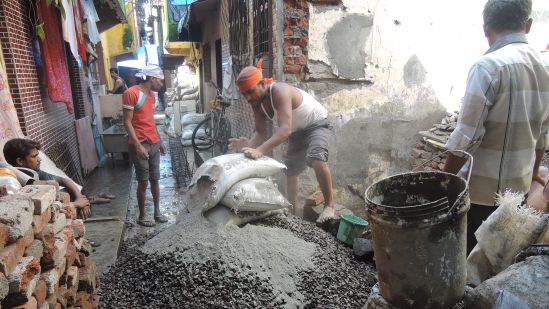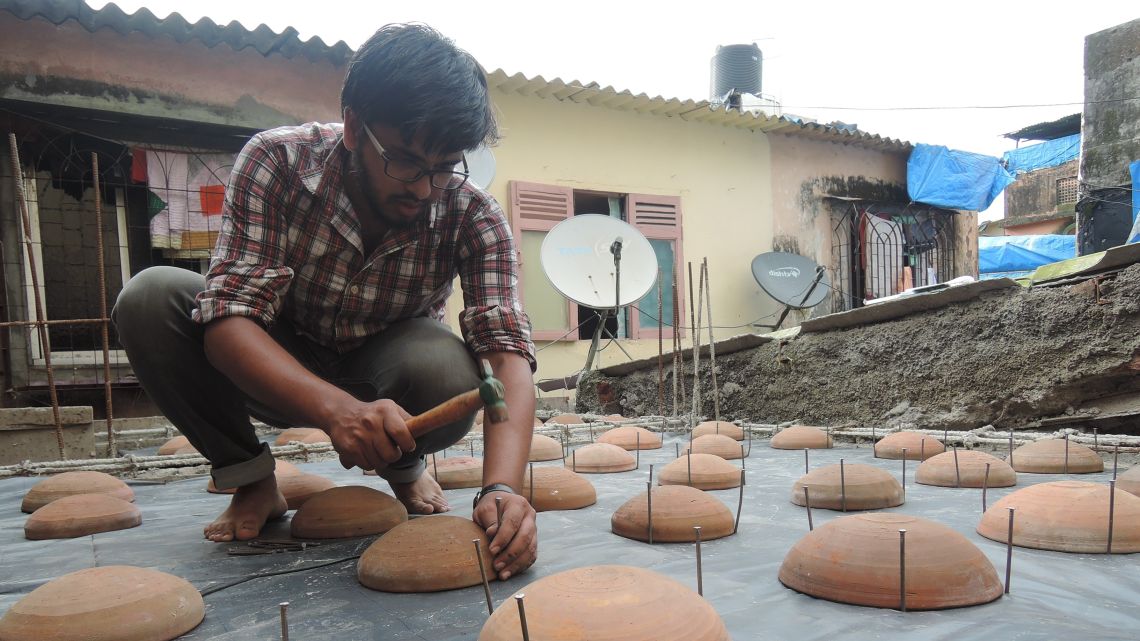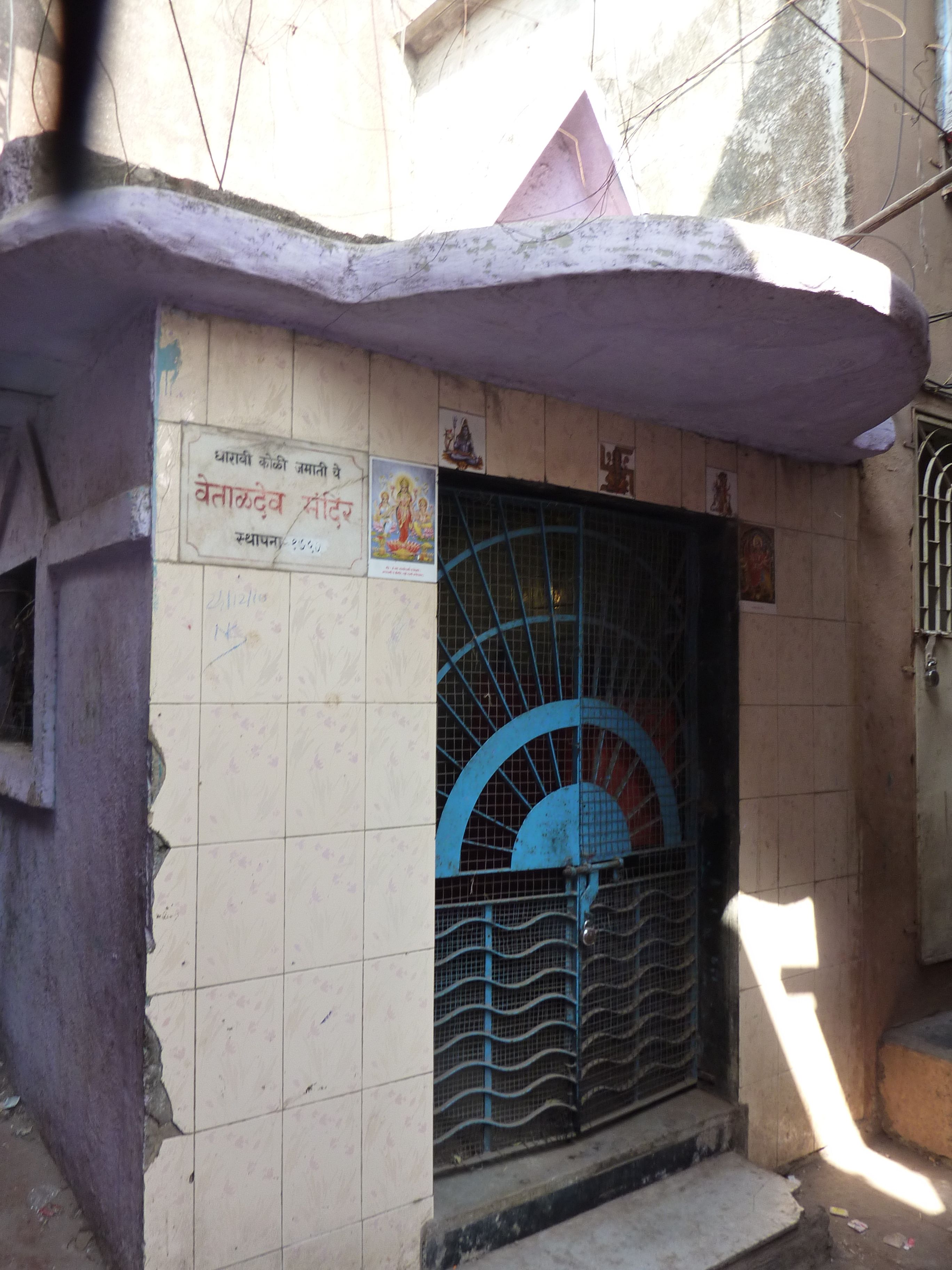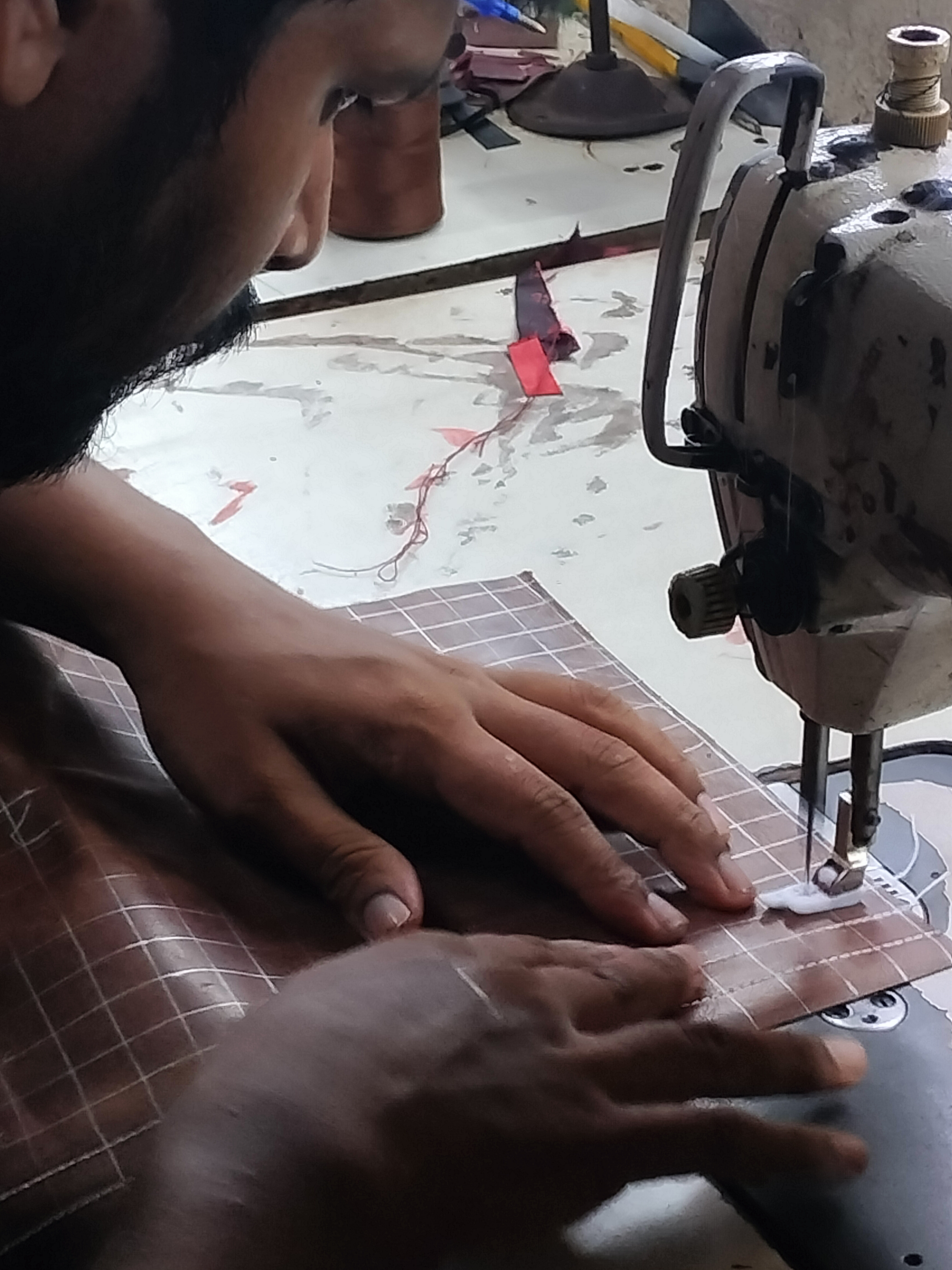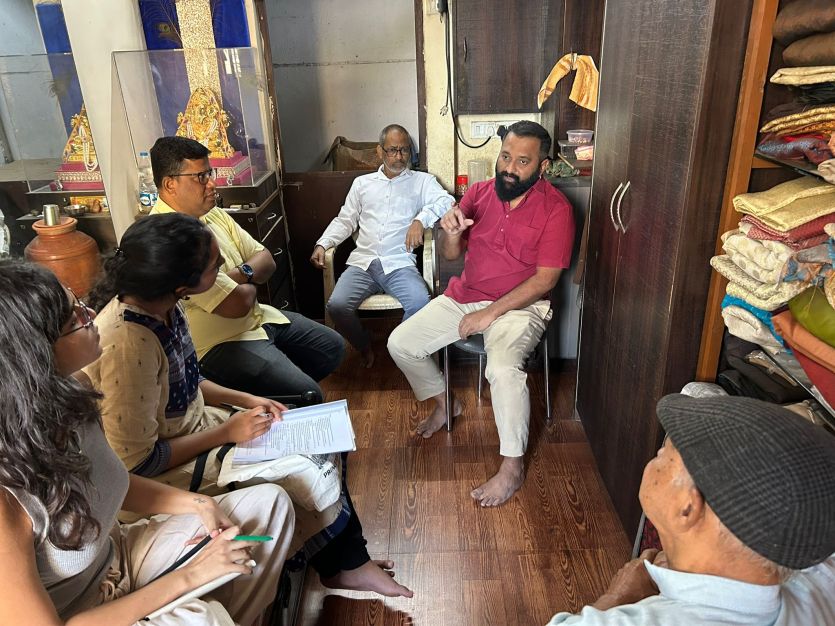The Future of Architecture

The Future of Architecture
Seen from Mumbai, an urban agglomeration of about 20 million people, which generates 20% of the Indian GDP, architecture seems like a nice idea, which along with countless other social ambitions, has found no resonance in the contemporary world.
Perhaps it is not so much that architecture doesn’t have a future, but the notion of the future itself that has become anachronistic. According to Bruno Latour, we lost the future somewhere in the twentieth century. We are only left with an “avenir”.
L’avenir is what comes to us, as opposed to the future, which we were foolishly projecting –and which is now speaking back to us. What seemed to be externalities that could be ignored or dealt with later are now overwhelming us, and we must now cope with the messy world we have somehow generated.
The notion that we could expand our present and project ourselves towards a future of our own making, has given way to something else –which is not inexorably tragic. Anyhow, anticipating what is coming next requires no less creativity and foresight than drawing the future on a blank page.
Along with architecture, the idea of the city, as an engine for growth, as an equalizer, as the locus of modernity, seems irremediably bankrupt. Overstretched infrastructures and corrupt institutions are weighing on us all. The city is not designed by anyone, but rather abandoned to the tyrannical rule of a brand of ultra-liberalism never seen before.
60% of Mumbai residents are said to be living in slums. That means that they are in effect left to cope on their own, with quasi-inexistent support from the state, and quasi-ubiquitous oppression from institutional agents. At the other end of the spectrum, high-rises are mushrooming like there is no tomorrow, following only the socially and economically irrational logic of real estate speculation, and defying the capacity of people to actually buy the housing stock being produced. Half a million flats are left vacant in Mumbai, which is one of the most densely populated cities in the world.
Even this world of new tall buildings, which emulates and exceeds the most exuberant days of the twentieth century in New York, Chicago or Hong Kong, seems to function better without architects at all. Speculative development doesn’t demand design skill as much as accounting and legal expertise. Given the lack of importance given to architecture and design at the high-end of the construction spectrum, one would expect that architects would be rushing where they are most needed: in slums, where people struggle with such fundamental needs as ventilation, light and space optimization. But in fact, no architects operate in slums. They are not equipped for it. When architects come to a slum it is usually to plan what will come post eviction. With good reason, local residents see them with much suspicion.
The way we once conceived architecture, the tools we used, its very language – seem totally ill-fitted to address the issues that most people are confronted with in this day and age.
Academic institutions in charge of producing architects seem to exist a space-time warp where the future could still be conceived as a total project – architectural, social, political. Architectural education is adrift and the same is true of architectural museums and the galleries. These white boxes only seem to be there to reassure us that there are still stories worth being told; architectural fairy tales which we would love to believe. They show good work for a good world, simple and clearly delimited.
Nothing illustrates the disconnect between contemporary architectural practice and the context of Mumbai’s slums better than the use of the ‘plan’ – a device indispensable to the transformation of architectural projects into architectural objects. In a context of infinite complexity where responsiveness is everything, the plan serves almost no purpose. This is precisely because it is based on the naïve and dangerous belief that you can erase a little bit of the present world and replace it with another piece, which will fit right in. But it won’t fit because the architect comes from a different homeworld.
An architect walking in a Mumbai slum is like a ‘Prawn’ in District 9. A lost alien, whose power is reduced to zero because nothing in this world fits what he purposed to do. If architecture is to survive at all in a world with no future and only an avenir, it must be completely reinvented. We must accept that no matter how grand and wonderful, architectural practice as we’ve learned it ultimately belongs to art history and into big white box museums.
Parametric urban design will not save us – whatever some generation-x prophets may be preaching. Supersizing the architectural objects, and adding infinite internal complexity thanks to supercomputing capacities, will not be enough to respond to a challenge that really comes from outside the practice and outside the project. Gated communities, university campuses, Special Economic Zones, and smart cities are neurotic responses to the prevailing feeling among architects and planners that they are losing control.
As architects and urbanists who belong to a generation bred in twentieth century institutions and whatever is left of them in the early twenty-first century, we must make a conscious effort to radically transform our practice. We have no choice but to be even more imaginative in the way we use whatever resources we are left with and whatever technology we can scavenge.
The best way to deal with what’s coming is to accept that that we can’t build our way into the future, and that we must engage with the world as it is – messed up, toxic and unpredictable. We should drop all claims to superiority and learn to work with the context as a living material. Context shapes us and we shape it back. We must invent an imperfect practice for an imperfect world. Let’s not reinvent yesterday’s beautiful but unexciting utopias.
As practitioners, we must be pragmatic, daring and optimistic. We must learn to deal with forms of emergence that are outside the scope of architectural practice and actually draw inspiration from them. This necessarily implies another relationship to one’s own creative agency. It is not about imposing one order onto another, or bringing more rationality into an existing local practice of construction, but about connecting one’s own expertise with the knowledge of other actors who are rooted in their imminent reality.
